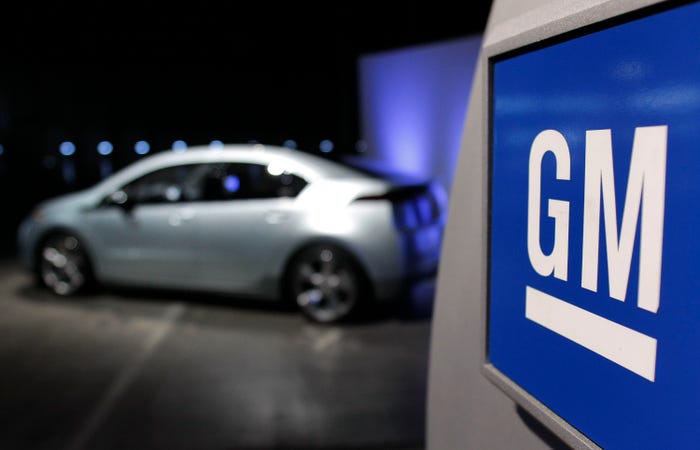IoT World Austin 2022: City of Phoenix Uses IoT to Improve Livability, SustainabilityIoT World Austin 2022: City of Phoenix Uses IoT to Improve Livability, Sustainability
City officials showcased the various ways tech can positively impact residents lives

IoT is changing the way we live, with technologies pervading daily lives and enabling significant advancements in livability, helping to make residents’ lives happier, healthier and more sustainable.
Ajay Joshi, deputy chief information officer at the City of Phoenix, spoke at the 2022 IoT World and AI Summit Austin on how his city has harnessed IoT to improve quality of life, with Phoenix a good example of how city management can use tech in all aspects of life; from heat management to safety and connectivity.
One example is the city’s collaboration with Arizona State University to cool pavements in the city, combating its Heat Island Effect which sees sidewalks reaching temperatures high enough to fry an egg on.
Under the novel scheme, data from thermal ground sensors measured and analyzed pavement heat, with new mixtures of tarmac tested to find one that could enable cooler temperatures for residents. The project was successful in reducing tarmac temperatures by as much as 10 degrees.
“With rising temperatures, there is no respite from the heat even at night,” said Joshi. “So what can we do about this problem to ensure sustainability and livability? With our cool pavement program, we experimented with different kinds of materials to make streets cooler, and we used IoT and computing to fine-tune the manufacturing process. It was a great example of how we can collaborate to solve sustainability issues with real-world solutions.”
Another project by the city was the use of unmanned aerial systems (UAS) by the fire and police departments for search and rescue missions, fire monitoring and management, and infrastructure and utility inspections.
“We had a situation where eight hikers got lost on Camelback Mountain,” said Joshi. “We used drones equipped with thermal cameras, high-quality imaging and high-speed connectivity to find them, assess their injuries and discern the nature of the terrain around them.
“When you see these real-world, life-or-death uses of IoT, you can’t not believe in the validity of the solutions,” he added.
Joshi also spoke of the use of 5G and IoT capabilities to allow students to access educational assets during the pandemic.
“The pandemic aggravated the digital divide,” he said. “A quarter of a million families were challenged because they didn’t have access to the internet or computers, so we collaborated with colleges and school districts to create a new ecosystem that was solely for the purposes of education.”
All of these examples demonstrate how cities are using technology to actively better the lives of residents, in ways that we would not perhaps immediately guess, and show the full scope of what the cities of our future could look like.
“The way we live, work, play – the most important thing in all of this is how to make lives better,” said Joshi. “Technology can be a central part of this revolution and we wanted to show how products and services can transcend the norm, to make a real difference.”
About the Author
You May Also Like








